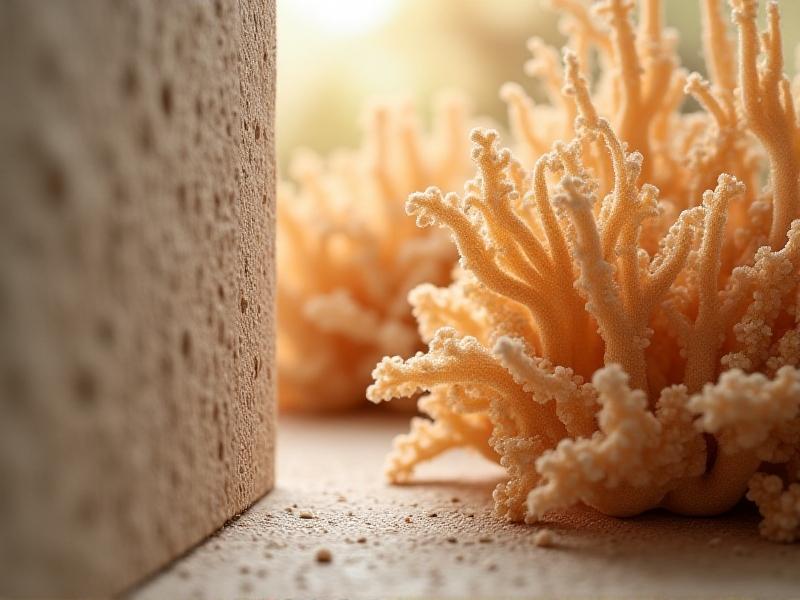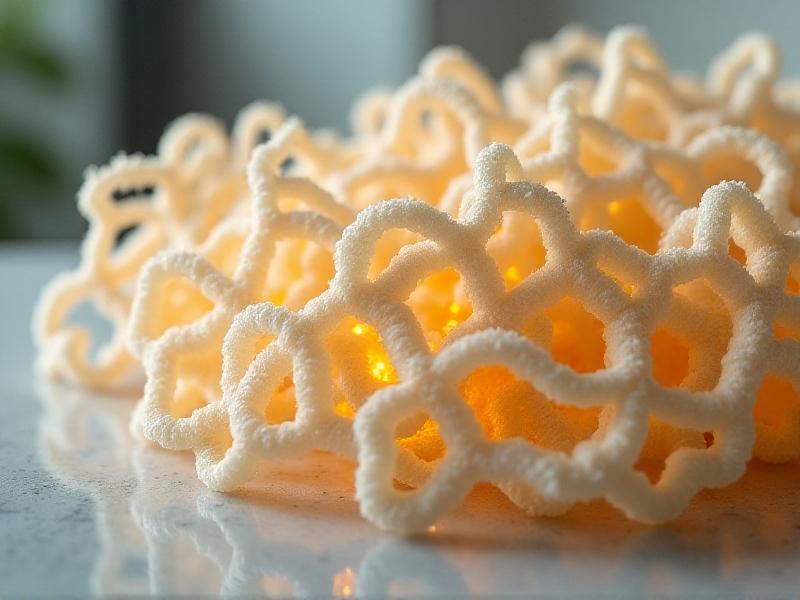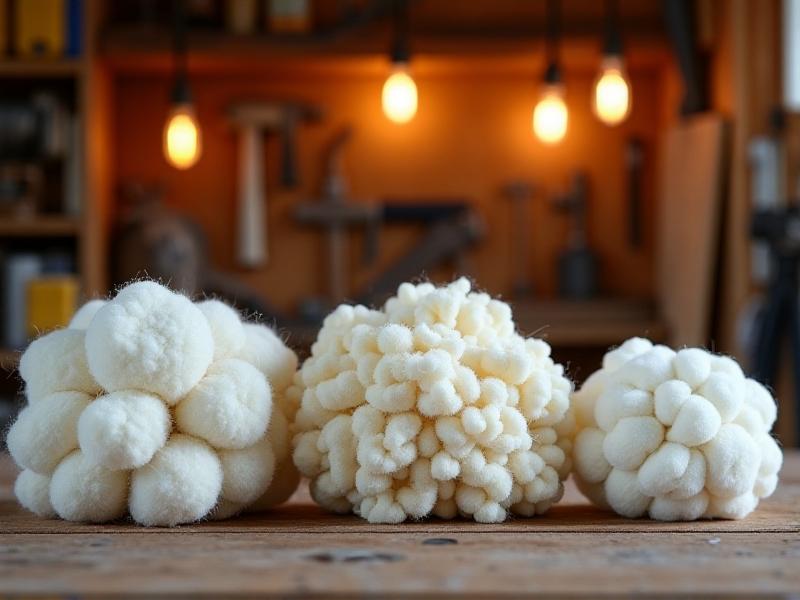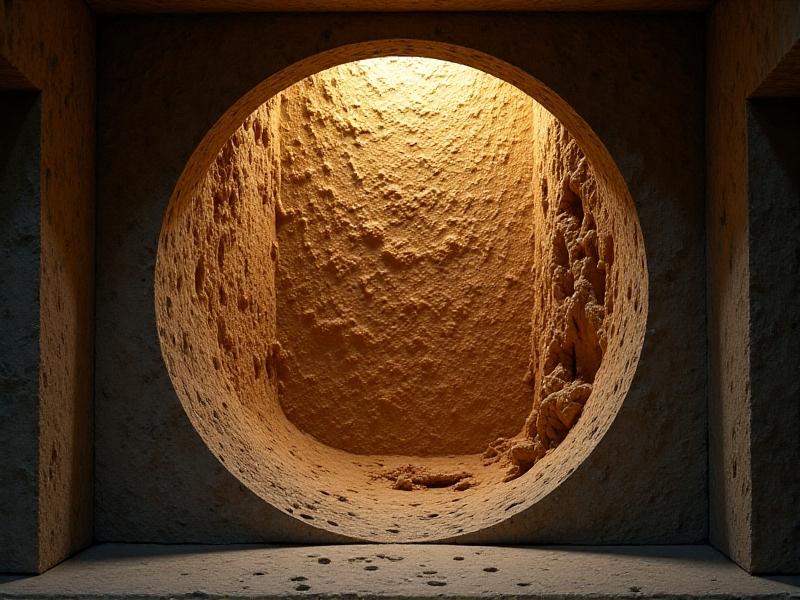Disaster Relief Housing Applications of Rapid-Growth Fungal Insulation
Introduction to Rapid-Growth Fungal Insulation
In the wake of natural disasters, the need for efficient, sustainable, and quick-to-deploy housing solutions has never been more critical. Traditional building materials often fall short in meeting these demands due to their cost, environmental impact, and time-consuming installation processes. Enter rapid-growth fungal insulation—a groundbreaking innovation that leverages the unique properties of fungi to create sustainable, durable, and cost-effective insulation materials. This article explores the potential applications of fungal insulation in disaster relief housing, examining its benefits, challenges, and future prospects.

The Science Behind Fungal Insulation
Rapid-growth fungal insulation is derived from mycelium, the root-like structure of fungi. Mycelium grows rapidly in controlled environments, forming a dense, fibrous network that can be harvested and processed into insulation panels. These panels are lightweight, fire-resistant, and possess excellent thermal and acoustic insulation properties. The growth process is highly sustainable, requiring minimal resources and producing negligible waste. Researchers have also discovered that mycelium can be combined with agricultural byproducts like straw or sawdust to enhance its structural integrity and insulation capabilities. This section delves into the scientific principles that make fungal insulation a viable alternative to traditional materials.
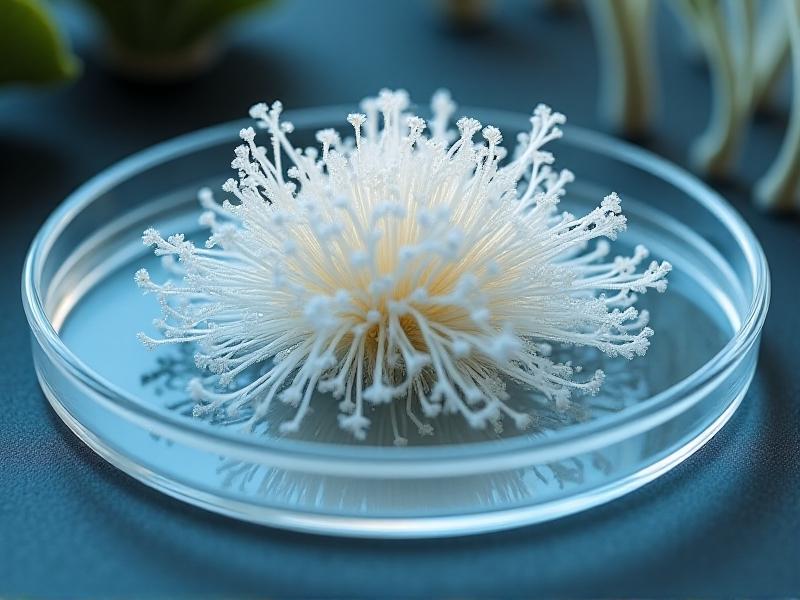
Advantages of Fungal Insulation in Disaster Relief
Fungal insulation offers numerous advantages for disaster relief housing. Its rapid growth and ease of production make it ideal for quick deployment in emergency situations. The material is biodegradable, reducing the environmental footprint of temporary shelters. Additionally, fungal insulation is non-toxic and hypoallergenic, ensuring a safe living environment for displaced populations. Its thermal properties help regulate indoor temperatures, providing comfort in extreme weather conditions. This section highlights how fungal insulation addresses the unique challenges of disaster relief, offering a sustainable and practical solution for emergency housing.
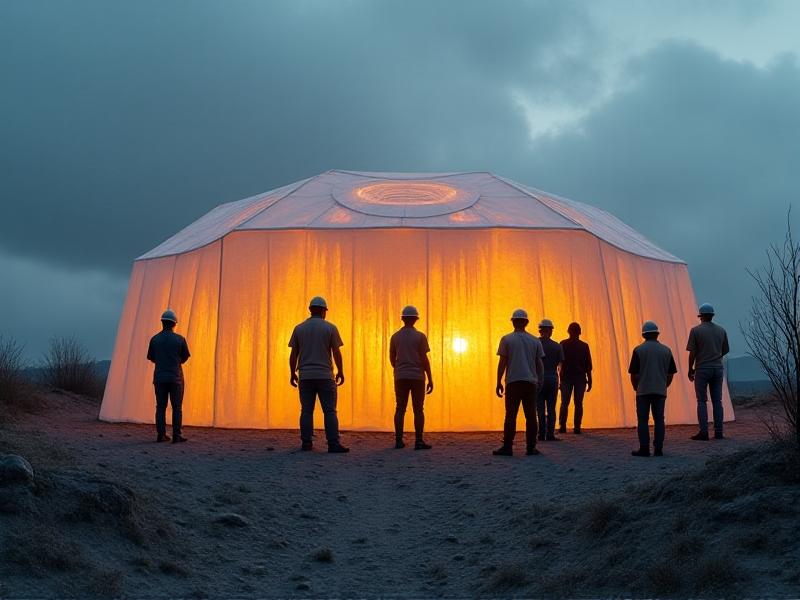
Case Studies: Fungal Insulation in Action
Several pilot projects have demonstrated the effectiveness of fungal insulation in real-world disaster relief scenarios. For instance, in the aftermath of a hurricane in the Caribbean, fungal insulation was used to construct temporary shelters that were both durable and eco-friendly. Similarly, in earthquake-prone regions of Southeast Asia, fungal insulation panels were deployed to provide immediate housing solutions. These case studies showcase the material’s versatility and adaptability, proving its potential as a game-changer in disaster relief efforts. This section examines these projects in detail, drawing lessons for future applications.
Challenges and Limitations
Despite its many benefits, fungal insulation is not without challenges. The material’s susceptibility to moisture and pests can limit its longevity in certain environments. Additionally, scaling up production to meet the demands of large-scale disaster relief efforts remains a significant hurdle. Public perception and regulatory approval also pose barriers to widespread adoption. This section explores these challenges in depth, discussing potential solutions and areas for further research to overcome these limitations.
Future Prospects and Innovations
The future of fungal insulation in disaster relief housing looks promising, with ongoing research focused on enhancing its durability, scalability, and affordability. Innovations such as genetically engineered mycelium and advanced processing techniques are expected to address current limitations. Collaborations between scientists, architects, and humanitarian organizations are also driving the development of new applications for fungal insulation. This section explores the exciting possibilities on the horizon, envisioning a future where fungal insulation becomes a cornerstone of sustainable disaster relief efforts.
Conclusion: A Sustainable Path Forward
Rapid-growth fungal insulation represents a revolutionary step forward in the quest for sustainable disaster relief housing. Its unique properties, combined with its environmental benefits, make it an ideal solution for addressing the urgent needs of displaced populations. While challenges remain, ongoing research and innovation hold the key to unlocking its full potential. By embracing this cutting-edge material, we can pave the way for a more sustainable and resilient future in disaster relief efforts.

